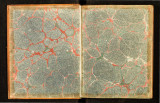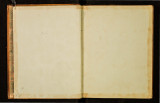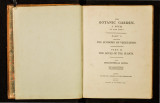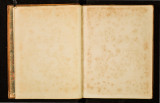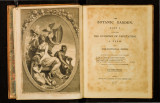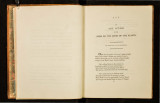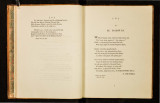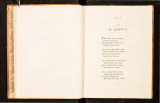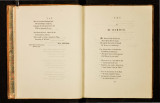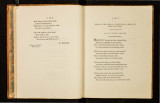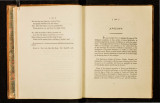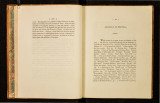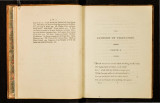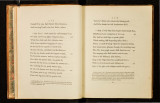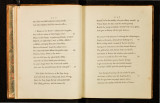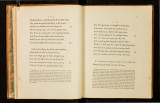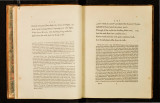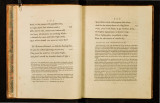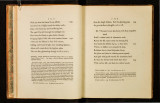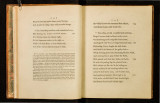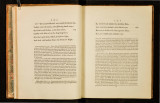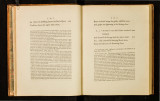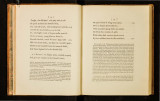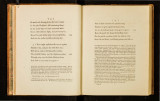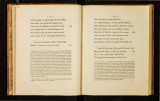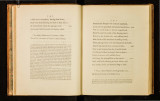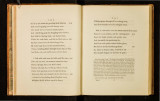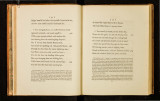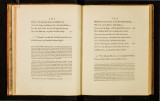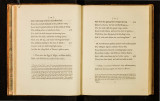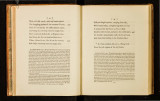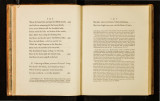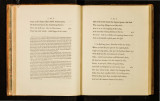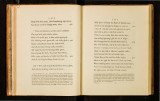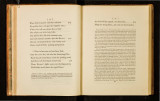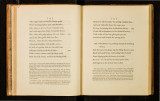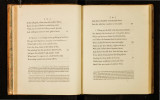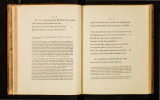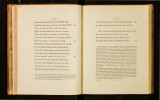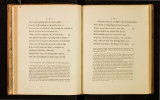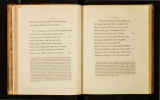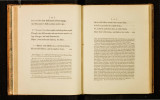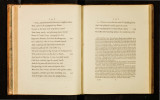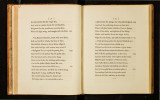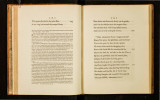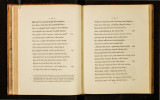| OCR Text |
Show NoTE XXI. ENAMELS. sr which were probably for many millions of years the only parts of our continents and illands, which were then elevated above the level of the fea, and which on that account became covered with vegetation, and thence acquired their later or fuperincumbent Hrata, which conflitute, what fome have termed, the. new world. There is another fource of clay, and that of the finel1: kind, from decompofecl granite, this is of a fnowy white and mixed with D1ining particles of mica, of this kind is an earth from the country of Cherokees. Other kinds are from lcfs pure lavas; Mr. Ferber afferts that the fulphurous l1:eams from Mount Vefuvius ccnven the lava into clay. " The lavas of the ancient Solfatara volcano have been undoubtedly of a vitreous nature, and thefe appear at prefent argillaceous. Some fragments of this lava are but half or at one fide changed into clay, which either is vifcid or ductile, or hard and Hony. Cby.s by ~ re are deprived of their coherent quality, which cannot be rel1:ored to them by pulverization, nor by humectation. But the fulphureous Solfatara fl:eams ref1:ore ir, as n:wy be eafily obferved on the broken pots wherein they gather the fal ammoniac; though very well baked an,! burnt at Naples they are mollified again by the acid Heams into a vifcid clay which keeps the former fire-burnt colour." Travels in Italy, p. 156. NOTE XXI.-ENAMELS. Smear"d f:.er huge dragons with metallic hues. ff/itb golden purples, and cobaltic blues; CANTO II. I. 287. THE fine bright purples or rofe colours which we fee on china cups are not producible with any other material except goiJ, manganefe indeed gives a purple but of a very difterent kind. In Europe the application of gold to thefe purpofes appears to be of modern invention. Cafii11s's difcovery of the precipitate of goid by tin, and the ufeof that precipitate for colouring glafs and enamels, are now generally known, but though the precipitate with tin be more furcefsful in producing the ruby glafs, or the colourlefs glafs which becomes red by fubfcquent ignition, the tin probably contributing to prevent the gold from feparating,, which it is very liable to do during the fufion; yet, for enamels, the precipitates made by alcaline faits anfwer equally well, and give a finer red, the colour produced by the tin precipitate being a blui!h purple, but with the others a rofe red. I am informed that fome of our belt artifls prefer aurum fulminans, mixing it, before it has become dry, with the white compofition or enamel flux: when once it is divided by the other m:.nter, it i~ ground with great fafety, and without the leaf1: danger of .cxplofion, whether moil1: or dry. The colour is remarkably improved and brought fortb. by long grinding, which accordingly makes an efiential circuml1:ance in the procefs. G2 |



